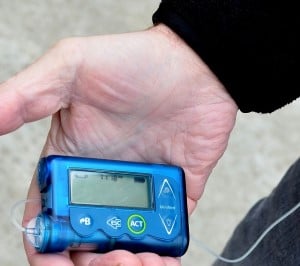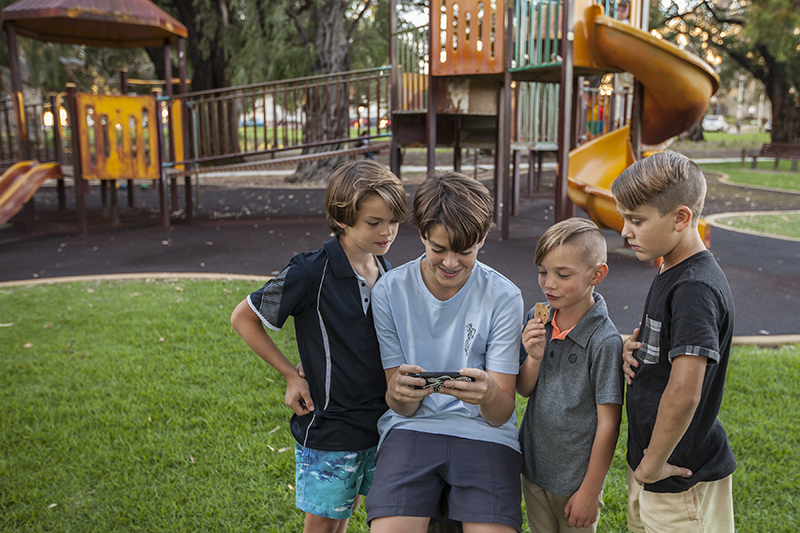Search
Research
Reproducibility of plasma glucose responses to moderate-intensity exercise in individuals with type 1 diabetesTo examine the within-person variability in plasma glucose responses to moderate-intensity morning exercise in young individuals with type 1 diabetes after overnight fasting and under basal insulin conditions.
Research
ISPAD Clinical Practice Consensus Guidelines 2022: Definition, epidemiology, and classification of diabetes in children and adolescentsCitation: Libman I, Haynes A, Lyons S, Pradeep P, Rwagasor E, et al. ISPAD Clinical Practice Consensus Guidelines 2022: Definition, epidemiology, and
Research
Selective attention to threat, anxiety and glycaemic management in adolescents with type 1 diabetesPrevious research has established that adolescents with type 1 diabetes (T1D) experience more anxiety symptoms than their healthy peers and are also more likely to develop an anxiety disorder. Research in cognitive psychology has found that selective attention favouring the processing of threatening information causally contributes to elevated levels of anxiety; however, this process has not been investigated in the context of T1D.
Research
The utility of continuous glucose monitoring systems in the management of children with persistent hypoglycaemiaGlucose monitoring is vital in children with persistent hypoglycaemia to reduce the risk of adverse neuro-behavioural outcomes; especially in children with hyperinsulinism. The role of continuous glucose monitoring (CGM) systems in monitoring glucose levels in this cohort is limited.
Research
The Challenges of Being Physically Active: A Qualitative Study of Young People With Type 1 Diabetes and Their ParentsBenefits of physical activity are well recognized for youth with type 1 diabetes mellitus (T1DM), but being active is challenging. In this study, we aimed to investigate the challenges experienced by adolescents, their parents and young adults with T1DM when they are physically active.

News & Events
Cholesterol and blood pressure drugs help teens with diabetesThe study involved screening young people to learn more about the development of long-term kidney, eye and cardiovascular complications in adolescents with T1D.
Research
Two decades of increasing incidence of childhood-onset type 2 diabetes in Western Australia (2000–2019)This retrospective population‐based study aimed to determine the incidence of type 2 diabetes from 2012 to 2019 in Western Australian youth aged under 16 years, and to examine temporal trends between 2000 and 2019, using data from the Western Australian Children’s Diabetes Database (WACDD). The data extracted for eligible patients diagnosed with type 2 diabetes, according to standard criteria, included diagnosis year, age, sex and self‐reported Aboriginal or Torres Strait Islander status.
Research
The effect of oral insulin on subcutaneous insulin requirements and glycaemia in T1DMLiz Tim Davis Jones MBBS FRACP PhD MBBS DCH FRACP MD Co-director of Children’s Diabetes Centre Co-head, Diabetes and Obesity Research Co-director of

News & Events
What life is like living with type 1 diabetesEvery decision a child with type 1 diabetes makes can impact on their blood glucose levels.
News & Events
Environmental factors could trigger rise in type 1 diabetesNew research from Perth's Telethon Institute for Child Health Research has revealed an unexpected pattern in the rate and incidence of type 1 diabetes
